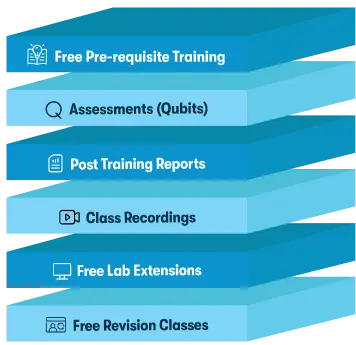We're open through the holidays to support your upskilling goals — Which training do you want to book?
We're open through the holidays to support your upskilling goals — Which training do you want to book?
Unable to find what you're searching for?
We're here to help you find itTroubleshooting with Ubuntu Course Overview
his 4-day hands-on course provides practical training in Ubuntu system troubleshooting. Participants will start with understanding the OS and common crash scenarios, learning to diagnose, troubleshoot, and recover from system failures. The course covers boot issues, BusyBox errors, Wi-Fi and LAN driver updates, and package management for updating applications like Chrome.
Additionally, learners will explore system hardware utilization, monitoring tools like top, and network troubleshooting, including IP configurations, networking tools, and IPv4 vs. IPv6 concepts. With extensive labs and real-world scenarios, this course equips participants with the skills to diagnose and resolve Ubuntu system issues efficiently.
Purchase This Course
USD
View Fees Breakdown
| Course Fee | 2,000 |
|
Total Fees |
2,000 (USD) |
USD
View Fees Breakdown
| Course Fee | 1,450 |
|
Total Fees |
1,450 (USD) |
USD
View Fees Breakdown
| Flexi Video | 16,449 |
| Official E-coursebook | |
| Exam Voucher (optional) | |
| Hands-On-Labs2 | 4,159 |
| + GST 18% | 4,259 |
|
Total Fees (without exam & Labs) |
22,359 (INR) |
|
Total Fees (with Labs) |
28,359 (INR) |
Select Time
Select Date
| Day | Time |
|---|---|
|
to
|
to |
♱ Excluding VAT/GST
You can request classroom training in any city on any date by Requesting More Information
Inclusions in Koenig's Learning Stack may vary as per policies of OEMs
Scroll to view more course dates
You can request classroom training in any city on any date by Requesting More Information
♱ Excluding VAT/GST
*Inclusions in Koenig's Learning Stack may vary as per policies of OEMs
Suggestion submitted successfully.
Koenig Learning Stack
Inclusions in Koenig's Learning Stack may vary as per policies of OEMs


